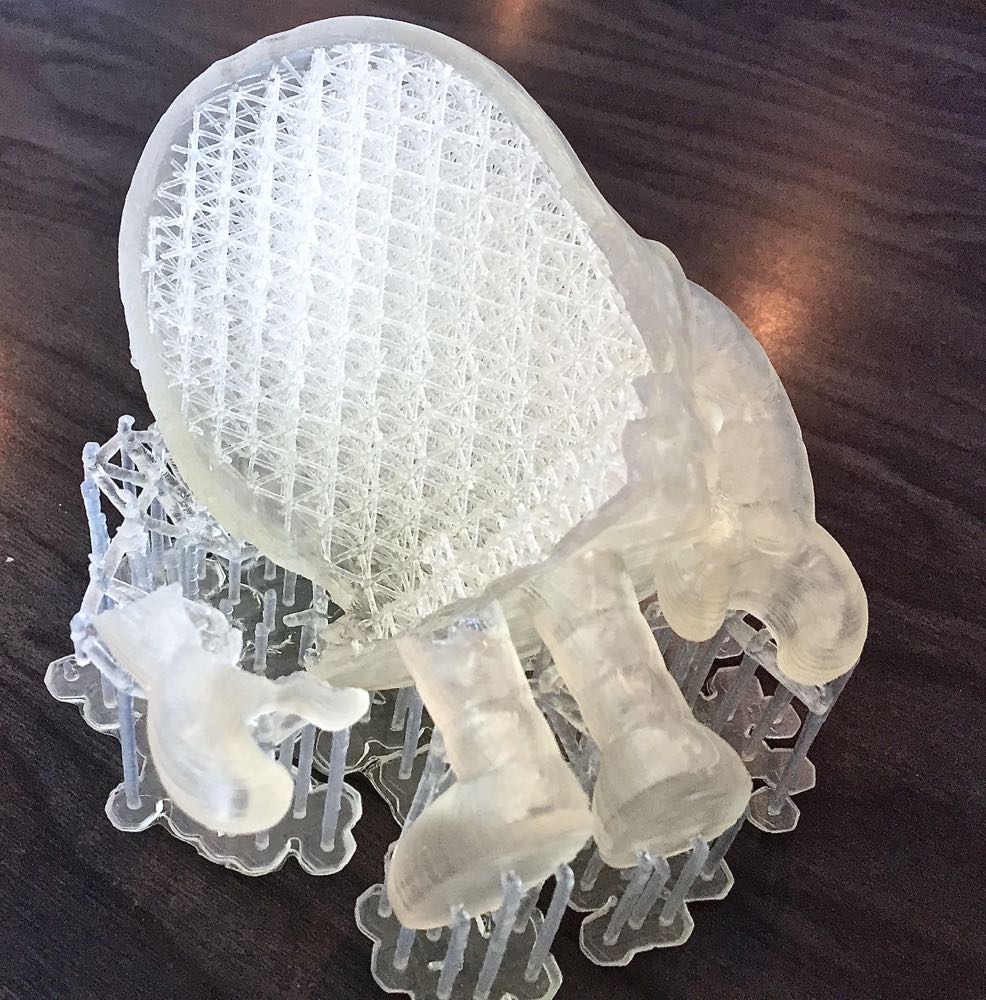
There are two types of resolution mentioned in 3D printing specifications, layer size and X-Y, but is the latter of any importance?
The first and most popular method of specifying resolution was the Z height, or layer size. This is the thickness of the (often) visible and (almost always) tactile layers on the surface of a 3D print.
Printing is performed in layers, produced by slicing software that disassembles the desired object into slices of the required thickness.
A thick layer size could be said to be “coarse” resolution as it would visually display layering, even from a distance. However, for very large objects, say furniture-sized, coarse resolution is not so apparent, and with fewer layers to print, the objects are produced much faster.
For extrusion-based printers, the layer size is most critical, due to the nature of the printing process.
But there’s another resolution metric, X-Y. this is frequently not mentioned on the spec sheets of extrusion machines simply because the extrusions are very smooth in those directions.
So is X-Y resolution of any importance? I believe it is, but not for extrusion machines. Instead, it’s important for comparing resin-based 3D printers using photo curable processes.
In these machines, UV (or other) light illuminates a liquid resin surface to solidify a layer. There are generally two approaches to doing so. One approach involves a laser rapidly moving to laboriously trace the layer’s solid portions. The other typical approach is to use a DLP light source to simultaneously illuminate an array of “pixels” on the resin surface.
And this is where X-Y resolution becomes important. Why? Because DLP light sources have a fixed pixel count. The array of light pixels might be 640 x 480, or 1920 x 1080, for example.
Imagine if you shone the 640 x 480 array on a resin surface 100mm wide. Now shine the same pixels on a resin surface only 50mm wide. Are the solidified pixels the same size? No! They are smaller when focused on the smaller surface area.
Similarly, the pixels are larger when focused on a larger surface area.
In this case, X-Y resolution becomes quite important. Essentially it refers to the effective size of the solidified pixels.
If you are 3D printing finely detailed jewelry, you probably require a very fine X-Y resolution. Thus, you perhaps should not consider a resin 3D printer that has a large surface area. That is, unless it has an option to focus the pixel array on a smaller surface area, which some do.
It’s very important to consider the pixel size on DLP-based 3D printers, as that tells you whether you’re able to print small but finely detailed objects or larger, more coarsely resolved objects.
Does X-Y resolution matter? Yes, but only for certain types of 3D printers.

